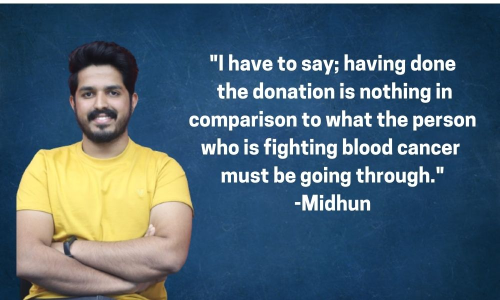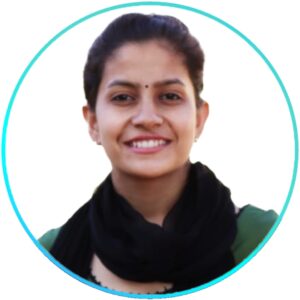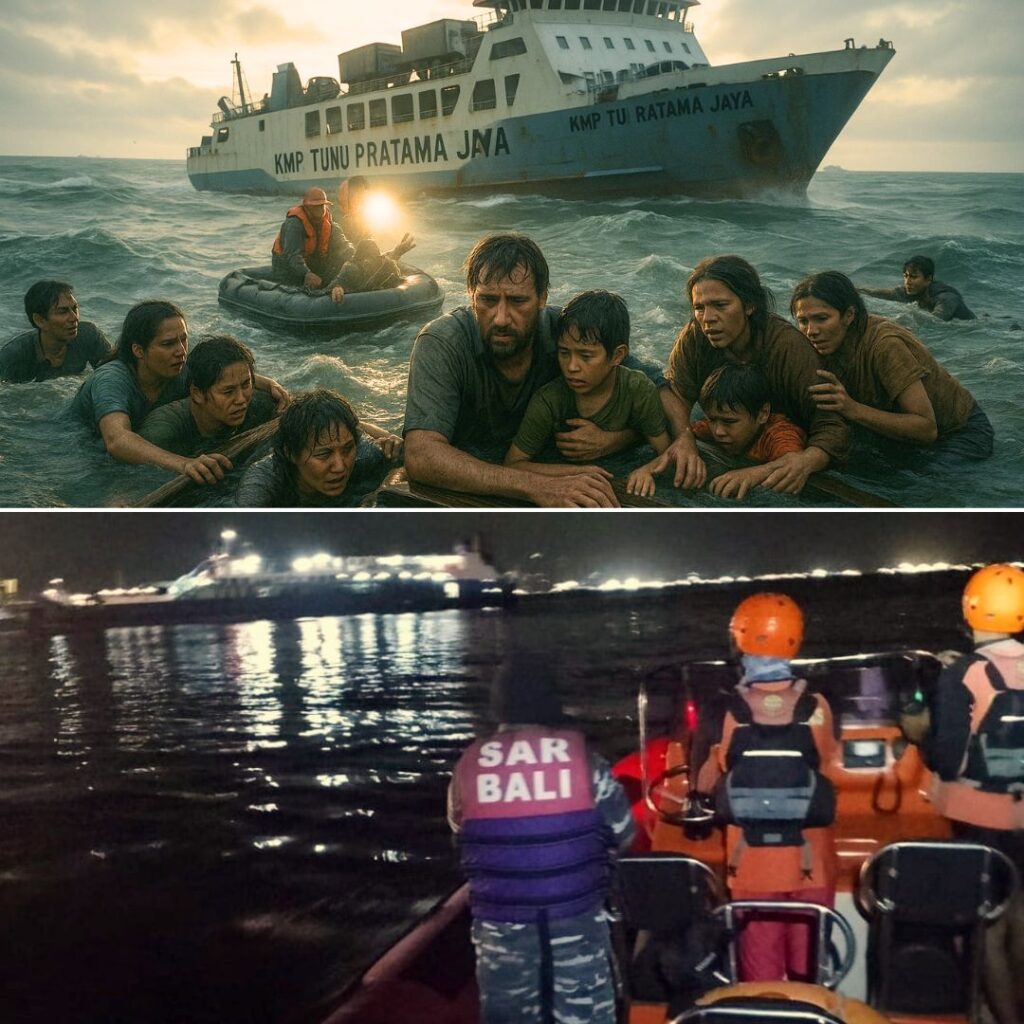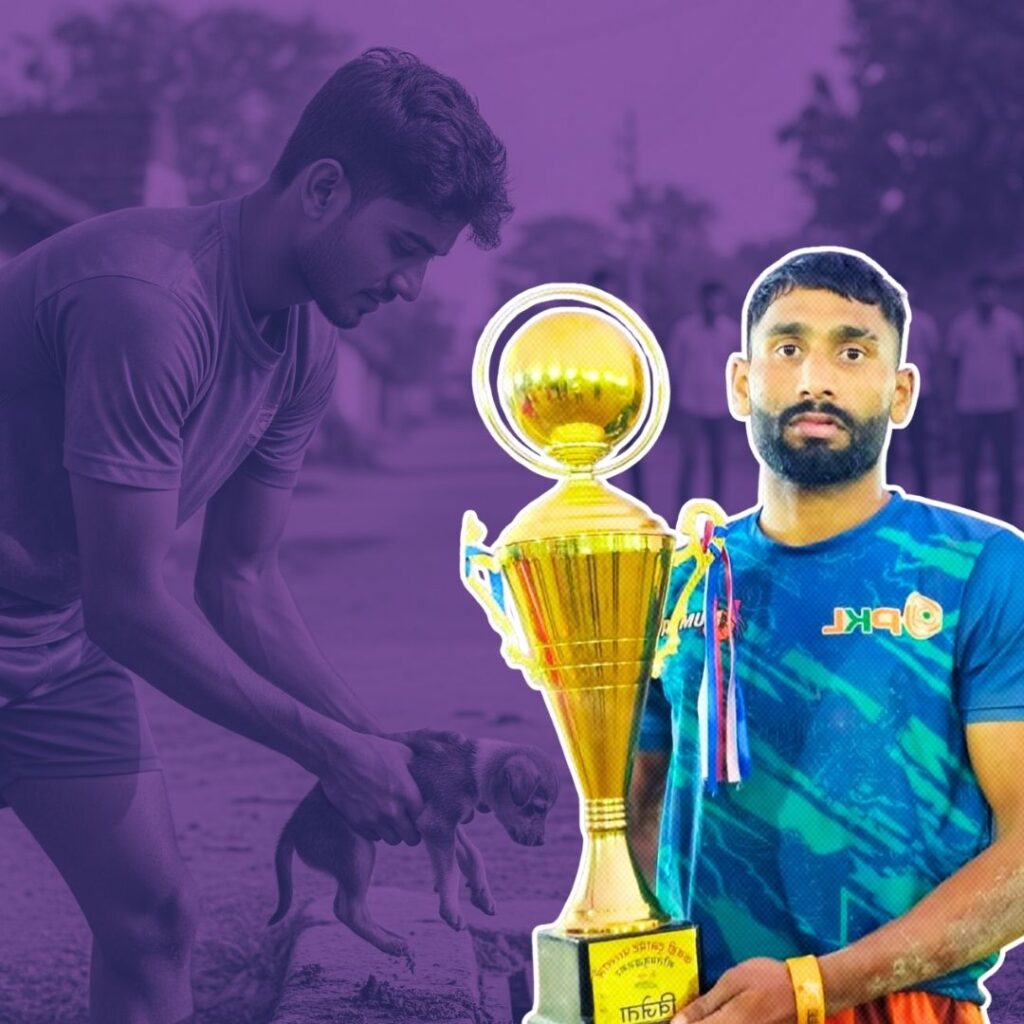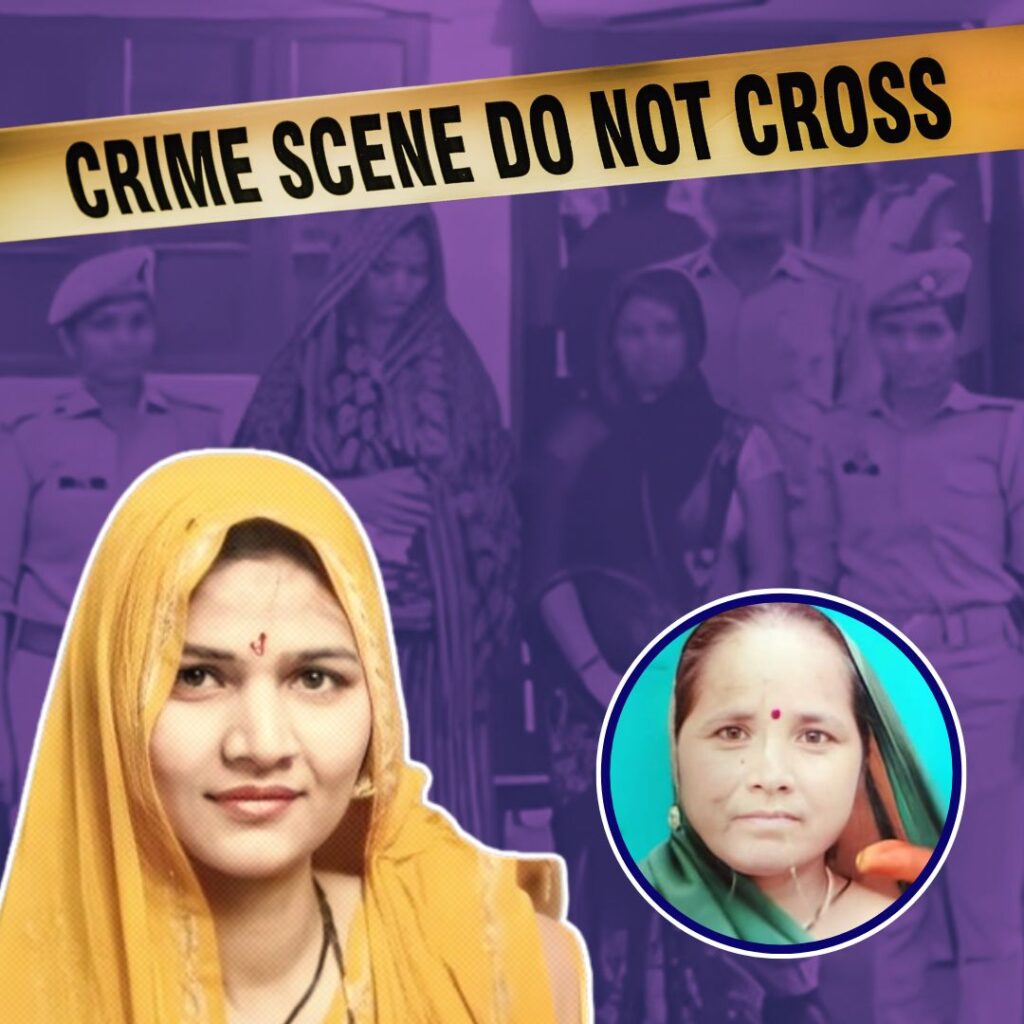In 2017, I saw a poster about blood stem cell donation put up by a stem cell registry in my college cafeteria. Out of curiosity, I went to the registration desk where the coordinators explained the process in detail. I was amused to know that a blood cancer patient can be saved with blood stem cells from a matching donor. The match is very rare and it depends on one’s HLA (tissue characteristics). I along with my few batch mates attended the registration event and signed up as potential donors. The registration process was simple where all we had to do was give our cheek swab samples.
I was in the global database of potential donors for around three years before I was informed that I came up as a match for a blood cancer patient. After the registration, though I was not sure if I would ever come us as a match, I would always imagine a scenario where I could save a life.
In May 2020, while I was at work, I got this call about being a match for a cancer patient who was in urgent need of blood stem cells. Since the call was out of the blue, it caught me by surprise and shock. I was thinking that I would be able to save a life finally. Though I had many questions and apprehensions, especially due to the COVID crisis, all my concerns were addressed. My family and I also got a chance to speak with a physician who explained the procedure in detail and said that it has no long-run effects on the donor’s health.
The Obstacle Before The Donation
I was slated to travel from Kerala to Bengaluru in March 2021 for the procedure but unfortunately, I tested positive for COVID-19. I was completely disheartened and felt shattered. I was sad and could only think of the recipient, whose life was at stake.
I immediately connected with the experts from the registry and informed them about my condition. I was so relieved to know that I could still donate my blood stem cells post-recovery.
But the path to recovery was harder than I thought. With high fever, body pain and cough, it was difficult to get back on my feet. It even came to a point when I thought, “Will I survive this?”. But I kept thinking about the patient’s pain and struggle and this made me feel even more stronger and helped me fight the virus every day.
By April-end 2021, I started feeling better and despite my eagerness to make the journey to Bengaluru and donate my stem cells, I took a couple more days, ate well and recovered completely. In early May, I left for Bengaluru. While my road to recovery was rough, it is not as bad as what a blood cancer patient faces every day.
After reaching Bengaluru, I went to the collection center and the donation took place via the Peripheral Blood Stem Cell (PBSC) donation process, which is very similar to blood platelet donation. Contrary to common belief, the process did not hurt and it was smooth.
The Aftermath
After the donation, my recovery was also brief as most PBSC donors fully recover within a week, and I felt normal just two days later. Through the procedure, only my blood stem cells were removed from my bloodstream so my immune system was never compromised. Overall, my experience was extraordinarily positive, and I would not hesitate to do it again if given the opportunity.
Blood cancer and other blood disorders like Thalassemia and Aplastic Anemia are on the rise in India. Many patients are children and the young whose only chance of recovery is a stem cell transplant. For a successful stem cell transplant, a patient needs blood stem cells from a perfect HLA (Human Leukocyte Antigen) matching donor. Only about 30 per cent of the patients who are in need of a lifesaving stem cell donation can find a sibling match. The rest 70 per cent depend on finding a match of an unrelated donor.
I am glad that I became that unrelated donor, technically the “genetic twin” for someone and gave them a second chance at life. With my story, I wish to have inspired at least some of you to register yourself as a potential donor. So, anyone between the ages of 18-50 years and in general good health can go on standby as a potential lifesaver, by registering themselves with any of the blood stem cell registries such as DKMS-BMST in India. Registration is an easy process as you just have to give your cheek swab samples. Your tissue type (HLA) will be analyzed and your pseudonymized details will be available in the global search for blood stem cell donors.
If you too have an inspiring story to tell the world, send us your story at mystory@thelogicalindian.com


